The kitchen in a Victorian house in Surrey that marries the practical and beautiful in a classic family hub
Dark-green cabinets, crisp white walls and wooden beams combine to create the ideal kitchen for a large family. Arabella Youens takes a look.
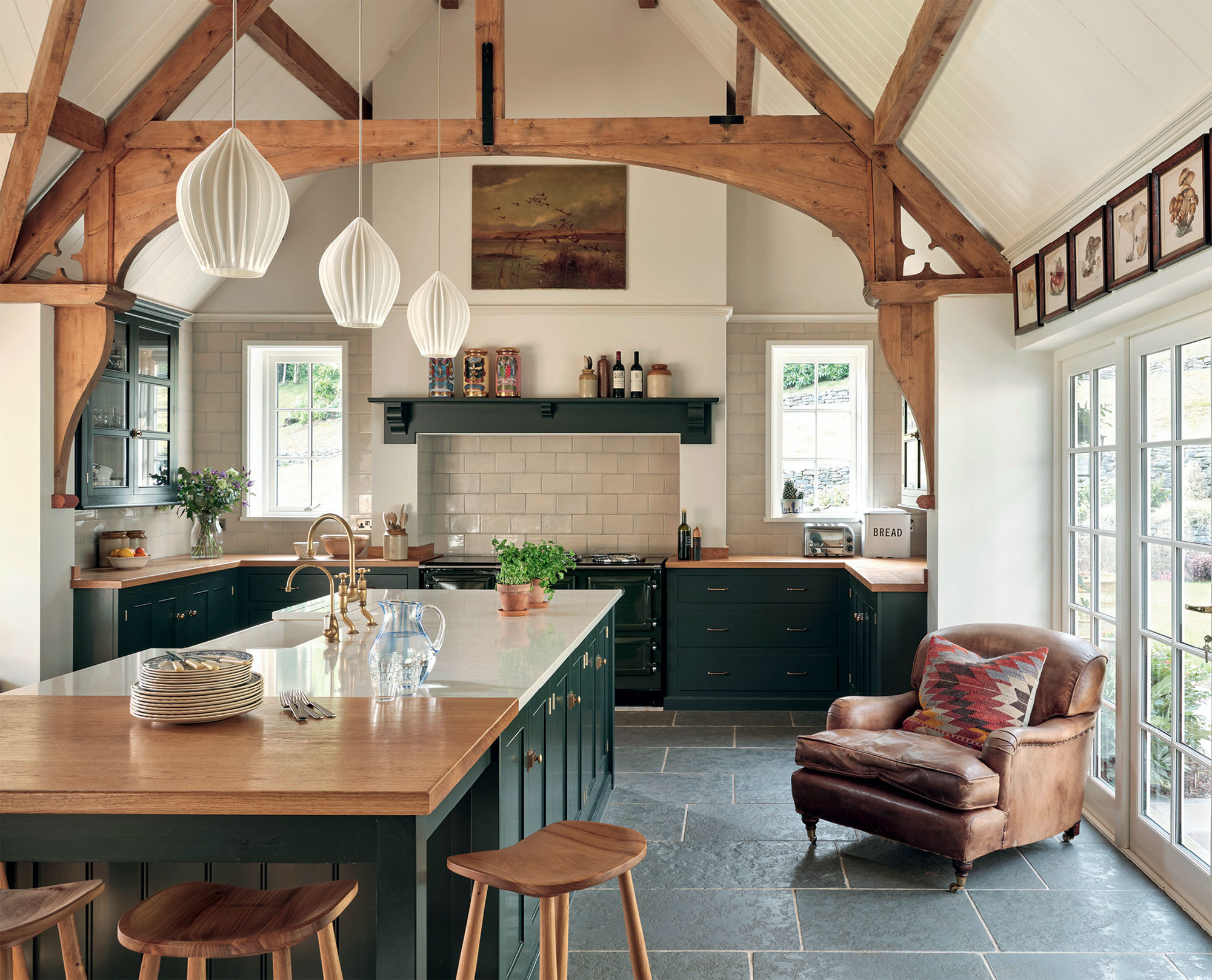

'The brief for the kitchen of this Victorian house in Surrey was a design that was both practical and beautiful,’ explains Maddy Minerva, who worked for decorators Rosanna Bossom and Rita Konig before establishing her own studio earlier this year.
‘The family has four children and a host of cats and dogs, so a large hard-working kitchen that would comfortably accommodate everyone was fundamental,’ she says.
‘When my clients bought this house, this space was used as a playroom and the kitchen was at the other end of the house. Early on, it was clear that proportions and light here lent themselves to this room becoming the central hub of the home.’
A few structural changes had to be made. The first was to close off a pair of double doors to create space for the Esse range cooker (01282 813235; www.esse.com). Next came the cabinetry, which is from the English classic collection by deVOL painted in a bespoke dark green with a subtle blue tint (01509 261000; www.devolkitchens.co.uk).
‘It’s a lovely colour; depending on the light, it has different tones and works particularly well with the brass details on the joinery and links in with the greens in the garden beyond,’ says Miss Minerva.
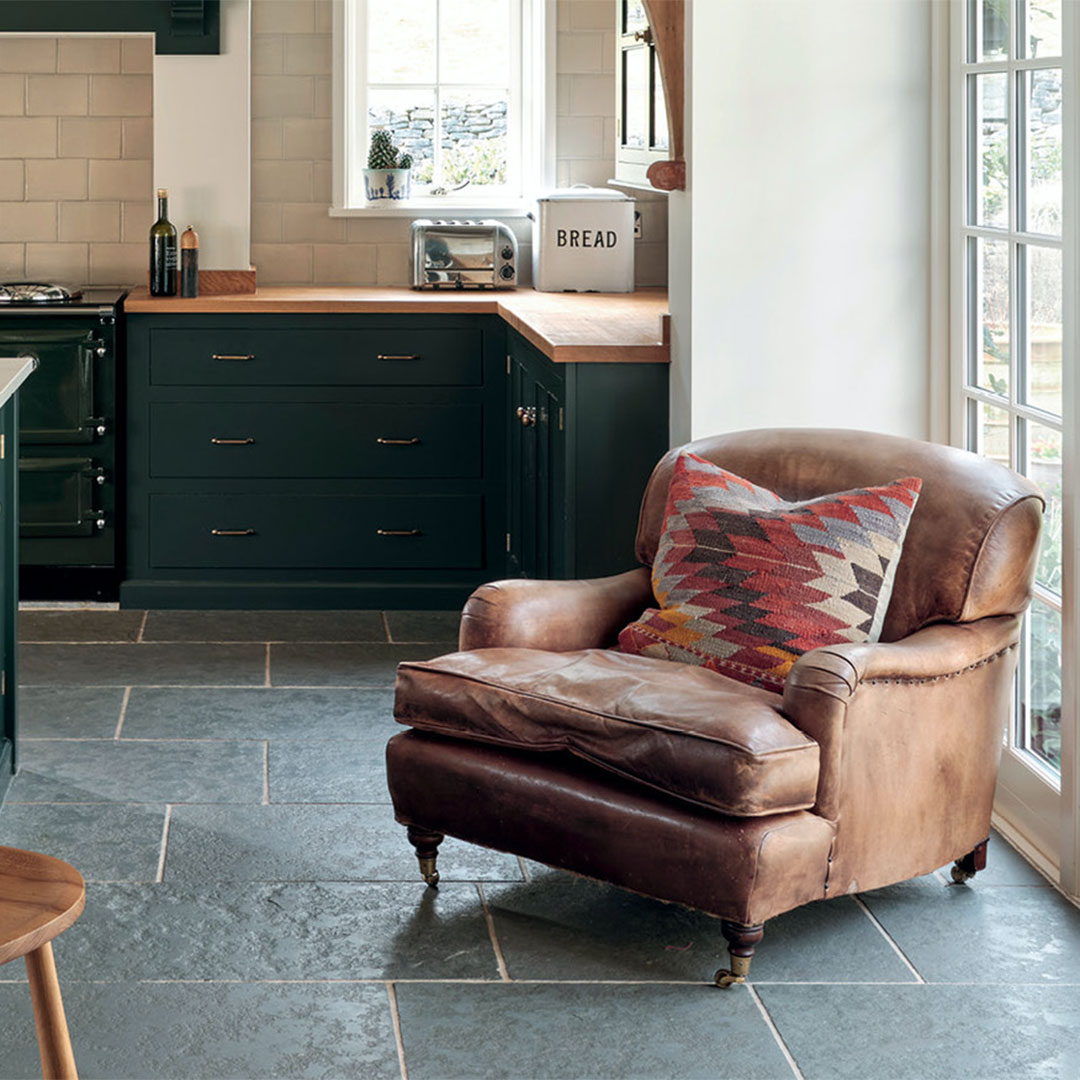
Work surfaces are in a combination of rustic oak, also by deVOL, and an island in Silestone with subtle veins of grey-green and blue (01708 869102; www.cosentino.com). Above are Fin pendants by Original BTC (020–7351 2130; www.originalbtc.com). ‘These are made of bone china, but have a softness both to their shape and the light they give out.’
The walls are painted in an off-white Flax Seed by Dulux Heritage (0161–968 3160; www.duluxheritage.co.uk) and the floors are laid with hard-wearing tiles by Floors of Stone and a kilim runner (01509 234000; www.floorsofstone.com). The windows are free of blinds or curtains — ‘I wanted it to be light and unfussy’.
Sign up for the Country Life Newsletter
Exquisite houses, the beauty of Nature, and how to get the most from your life, straight to your inbox.
Maddalena Minerva — 07540 088183; www.maddalenaminerva.com

The play of light on Britain’s countryside: ‘This is the light Debussy knew in Clair de Lune, the light that lets the poetry through’
Jay Griffiths bathes in the warm glow of the early-morning sun and delights in the cool calm of twilight–all the
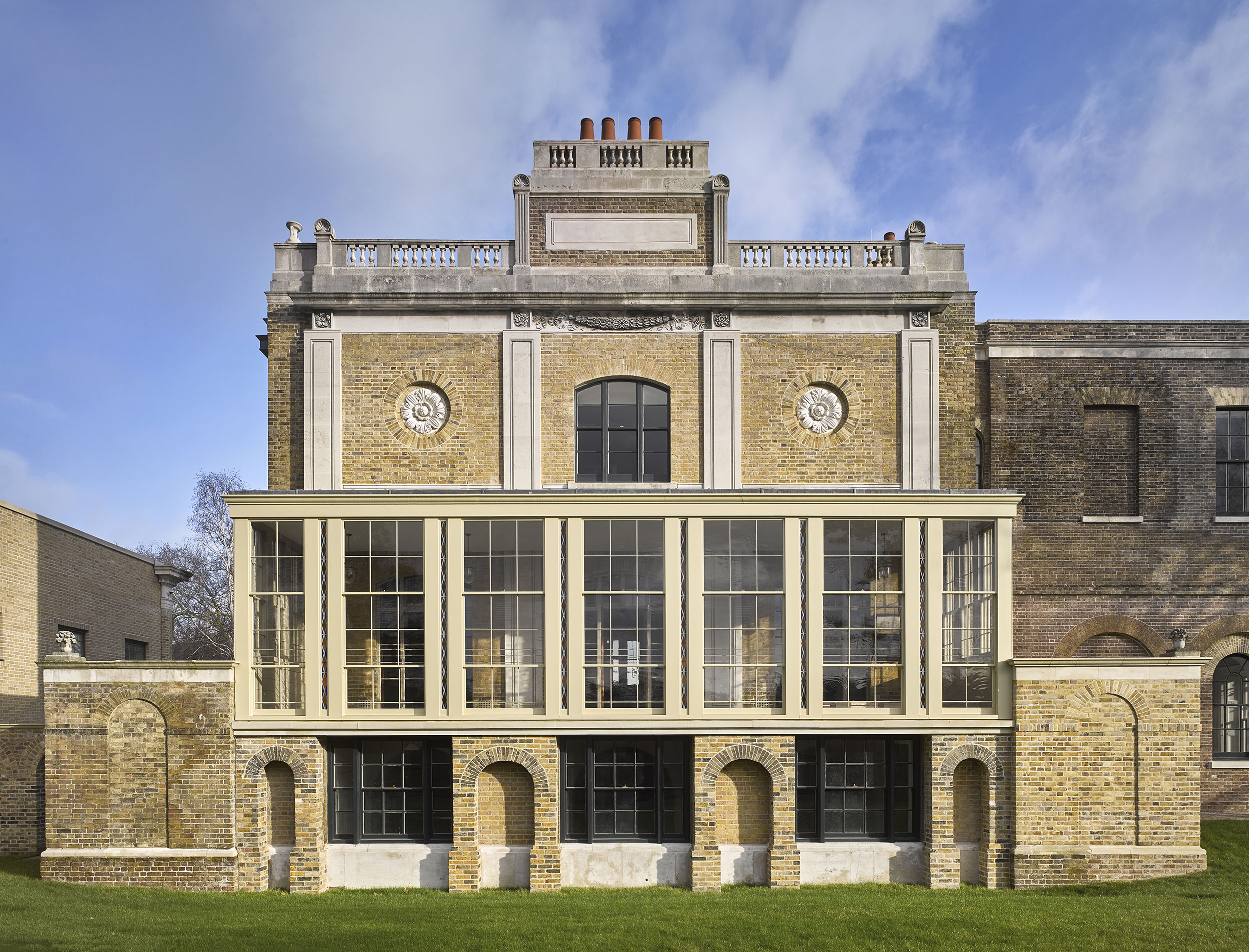
Pitzhanger Manor: The Ealing villa that's the great John Soane's 'architectural self-portrait'
Following a boldly conceived restoration, the interest and quality of Sir John Soane’s Pitzhanger Manor in Ealing villa shines out
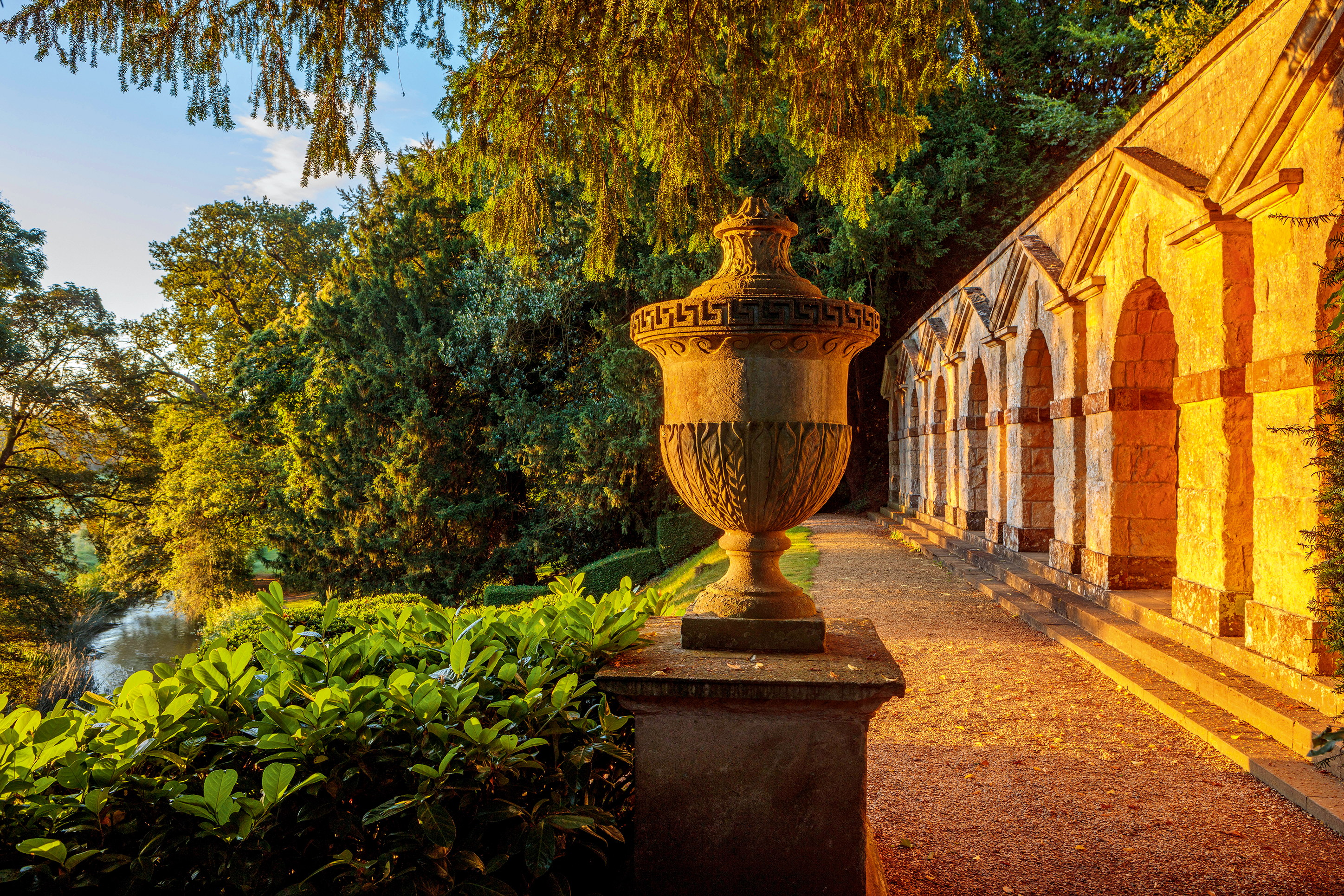
Rousham, Oxfordshire: A garden that 'may be the most atmospheric, the most beautiful and the most intellectual in the country'
Timothy Mowl celebrates what may be the most atmospheric, the most beautiful and the most intellectual garden in the country,
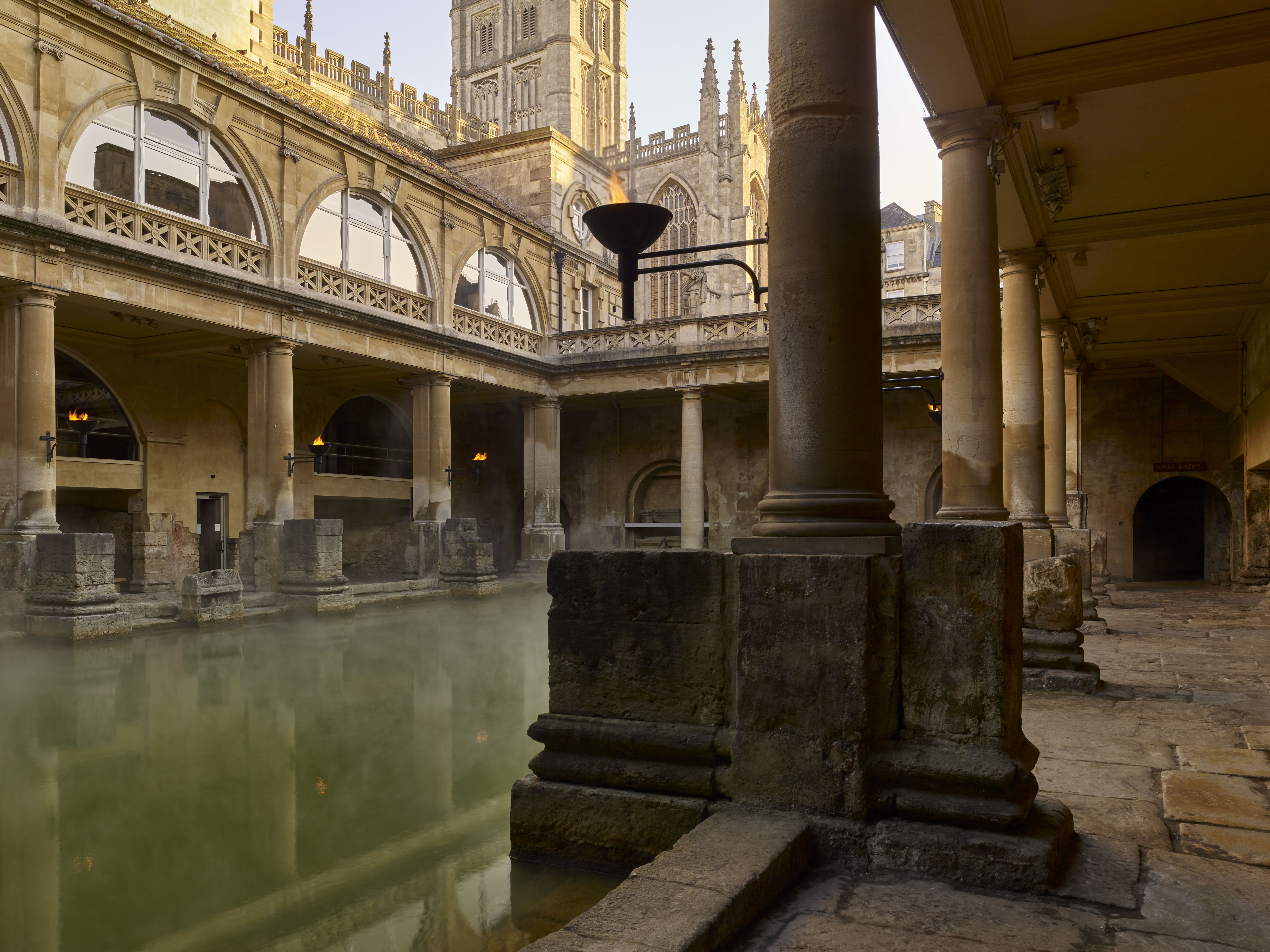
Credit: Paul Highnam / Country Life
The Roman Baths: A tale of two architects, a heated competition and a fascinating restoration
In the late 19th century, the eponymous hot baths of this city were recast in their modern form. Clive Aslet

Loyd Grossman: How obelisks became the ultimate war trophies, and carved out a niche as the marker of a great city
The first obelisk to be erected in Europe was a trophy of war. Loyd Grossman considers how these ancient monuments
-
 'Monolithic, multi-layered and quite, quite magnificent. This was love at first bite': Tom Parker Bowles on his lifelong love affair with lasagne
'Monolithic, multi-layered and quite, quite magnificent. This was love at first bite': Tom Parker Bowles on his lifelong love affair with lasagneAn upwardly mobile spaghetti Bolognese, lasagne al forno, with oozing béchamel and layered meaty magnificence, is a bona fide comfort classic, declares Tom Parker Bowles.
By Tom Parker Bowles
-
 Country houses, cream teas and Baywatch: Country Life Quiz of the Day, April 24, 2025
Country houses, cream teas and Baywatch: Country Life Quiz of the Day, April 24, 2025Thursday's Quiz of the Day asks exactly how popular Baywatch became.
By Toby Keel